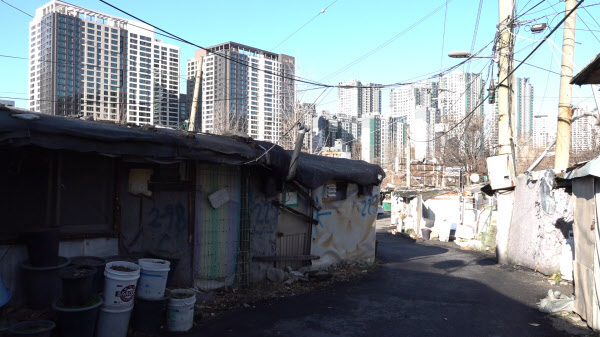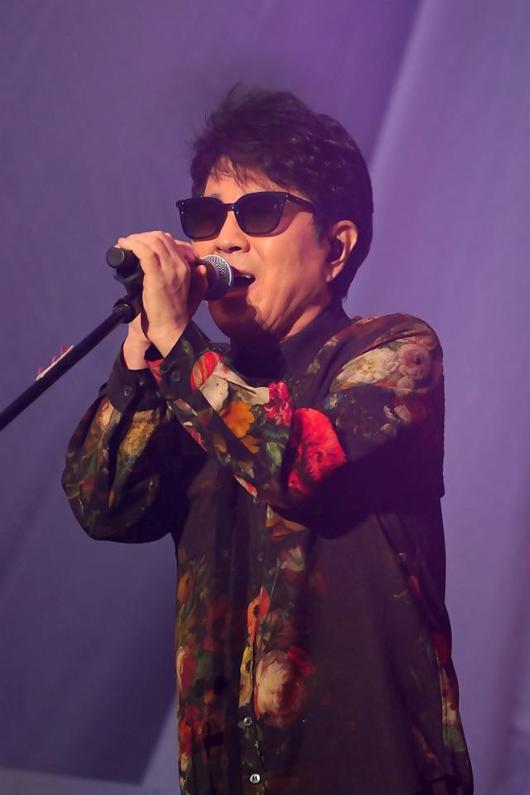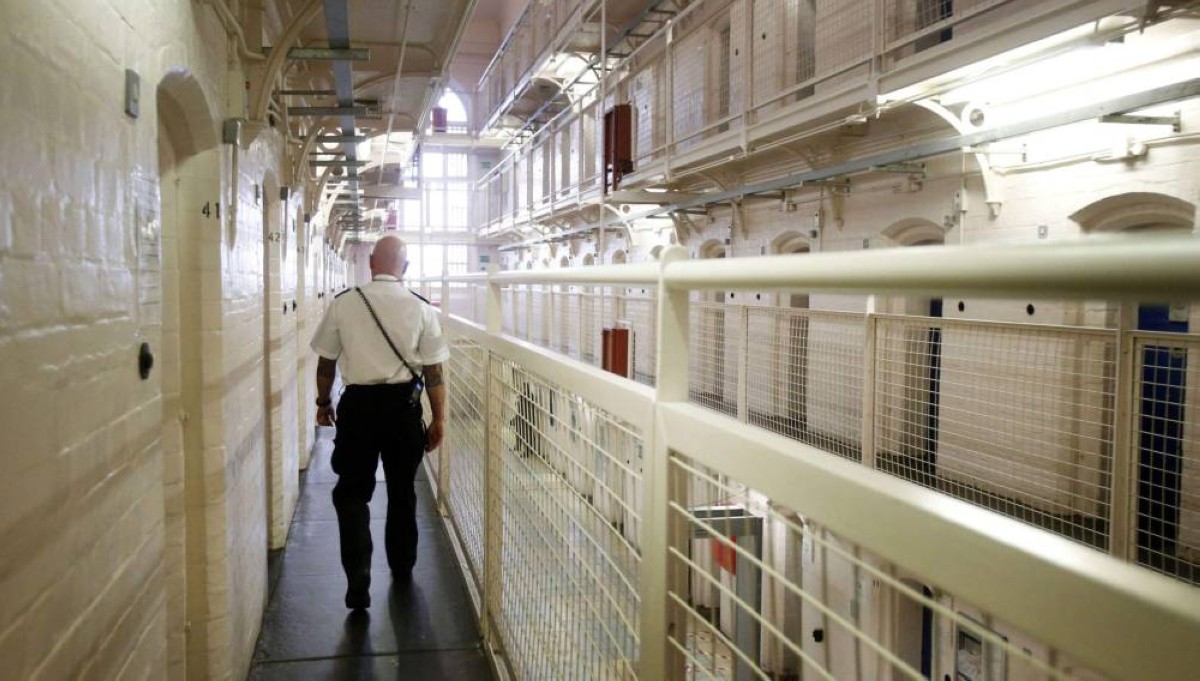Entered: 2024.11.24 14:21 | Modified: 2024.11.24 16:09
[땅집고] Residents of Guryong Village, Gaepo-dong, Gangnam-gu, Seoul, setting up a watchtower and protesting./Newsis
[땅집고] Conflicts surrounding the redevelopment of Guryong Village, known as Seoul’s last shantytown, have led to illegal struggles by residents. The development of the Gangnam area and the redevelopment project of Guryong Village, which has been completely neglected for over 40 years, have not progressed even one step since the first step was taken.
According to the maintenance industry on the 24th, about 10 residents of Guryong Village, Gaepo-dong, Gangnam-gu, Seoul, set up a five-story steel structure (watchtower) on the afternoon of the 23rd and began an indefinite sit-in protest in a tent at the top, but were arrested by the police. They are requesting the issuance of a certificate of residence and the right to purchase land for redevelopment.
According to a Channel A report, Yoo Gwi-beom, head of the Guryong Village Local Housing Association Promotion Committee, said, “The village will be designated as an urban development zone and the residents will be evicted.” He added, “The residents who were evicted after living there for 36 years are now fighting for their lives. Let’s not do this.” “If we don’t, no one will listen to our voices,” he said.
Guryong Village is located in Gaepo-dong, Gangnam-gu and is one of the last shantytowns in Seoul. It is 264,500㎡, the size of about 40 soccer fields. It is an unlicensed shantytown that was created over 40 years ago by settlers who were evicted ahead of the 1986 Asian Games and 1988 Olympics.
Although Guryong Village belongs to Gangnam-gu in administrative terms, it is an area completely alienated from the apartment development in the Gangnam area in the 1970s and 1980s. Currently, the gap with the rebuilt apartment complexes in Gaepo-dong, such as ‘The H First Tier I-Park (6,702 households) and ‘Raemian Blesstige (1,957 households)’ across Yangjae-daero, has widened further.
A maintenance project has been discussed for about 30 years, and the first private development project was promoted around 2011, but was aborted. Seoul Housing and Communities Corporation (SH Corporation) became the project implementer in 2016 and was designated as an urban development zone. Last May, the city of Seoul announced plans to develop it into an apartment complex with up to 25 floors and 3,520 households.

[땅집고] The area of ‘Guryong Village’, a large shantytown in Gaepo-dong, Gangnam-gu, Seoul. /Reporter Kim Hye-joo However, the differences in positions between residents and the Seoul Metropolitan Government regarding development and compensation methods have not been narrowed. In November last year, SH Corporation announced standards for relocation measures to provide rental housing to homeless people living in unlicensed residential buildings. Even if you are a legal owner of a residential building or an unlicensed building, you can receive an apartment pre-sale right if you are confirmed to be the owner and resident before January 24, 1989.
Most of the buildings in Guryong Village are unlicensed, and it is extremely rare to receive a pre-sale right. Residents are calling for their property rights to be recognized as they have lived in their homes for a long time. Even if it is an apartment sale or a rental house, they are requesting the option of conversion to sale after 5 years.
This sit-in took place as the residents’ demands for issuance of a certificate of residence and the right to purchase land for redevelopment were not accepted. When Gangnam-gu Office did not respond until the 22nd regarding the issuance of residence confirmation certificates for Guryong Village residents, a watchtower was installed illegally.
The land compensation process that started last April is not going smoothly. In July and August, the Seoul Regional Land Expropriation Committee applied for expropriation decisions for 121 land owners and 1,659 Jijanmun cases, amounting to 52.1% and 83.2% of those eligible for compensation, respectively. Half of the landowners did not accept the amount offered by SH Corporation, and it is difficult to identify the owners of obstructions such as greenhouses.
Originally, SH Corporation planned to complete compensation within this year and begin relocation and demolition next year. As there were signs that the conflict would intensify, with residents even setting up illegal structures and holding a sit-in protest, the progress of the redevelopment project was also hindered. /Reporter Seungwoo Lee, Ttangjipgo [email protected]
▶10 million people over 65 years old, there is absolutely not enough senior residence! Want to know how to succeed in senior care and residential development? ☞Ground pick M
▶Unrivaled practical real estate information, easily viewable on the landjipgo app, Korea’s No. 1 real estate media ☞Click!
▶Everything you need for living is in the house! Up to 82% discount ☞ housekeeping

**How does the redevelopment of Guryong Village reflect the broader tensions between economic development and the preservation of historical communities in rapidly urbanizing environments?**
## Interview: The Uncertain Future of Guryong Village
**Introduction:**
Welcome to World-Today News, where we delve into pressing issues impacting communities worldwide. Today, we focus on the ongoing redevelopment saga of Guryong Village, Seoul’s last shantytown. We’re joined by **[Guest 1 Name and Affiliation]**, a sociologist specializing in urban development and social inequality, and **[Guest 2 Name and Affiliation]**, a representative from the Guryong Village Residents’ Association.
**Section 1: Understanding Guryong Village**
**Host:** Thank you both for joining us. Let’s start by understanding the context. Guryong Village has a unique history, evolving from a shantytown established in the 1980s. [Guest 2], could you paint a picture of life in Guryong Village for our listeners, highlighting the challenges and strengths of this community?
**Host:** [Guest 1], from a sociological perspective, how does Guryong Village exemplify broader issues surrounding urban development and social inequality in rapidly growing metropolises like Seoul?
**Section 2: Conflicts and Concerns Surrounding Redevelopment**
**Host:** The redevelopment project has been fraught with controversy. [Guest 2], what are the primary concerns being voiced by the residents regarding the proposed redevelopment plan? What are their demands, and why are they resorting to drastic measures like building a watchtower and staging a sit-in protest?
**Host:** [Guest 1], many argue that redevelopment is necessary to improve living conditions and integrate marginalized communities into the city’s fabric. However, others criticize it for displacing vulnerable populations and erasing historical communities. What’s your analysis of this situation specific to Guryong Village?
**Section 3: Finding a Path Forward**
**Host:** Both sides seem to have valid points. What steps can be taken to bridge the gap between the residents and the Seoul Metropolitan Government? [Guest 2], what would be your ideal outcome for the redevelopment project?
**Host:** [Guest 1], looking ahead, what lessons can be learned from the Guryong Village situation to ensure more equitable and inclusive urban development practices in the future?
**Conclusion:**
**Host:** Thank you to both our guests for sharing their insightful perspectives. The future of Guryong Village remains uncertain. We hope that a constructive dialog will lead to solutions that respect the rights and needs of all stakeholders involved while contributing to sustainable and inclusive urban development in Seoul.

